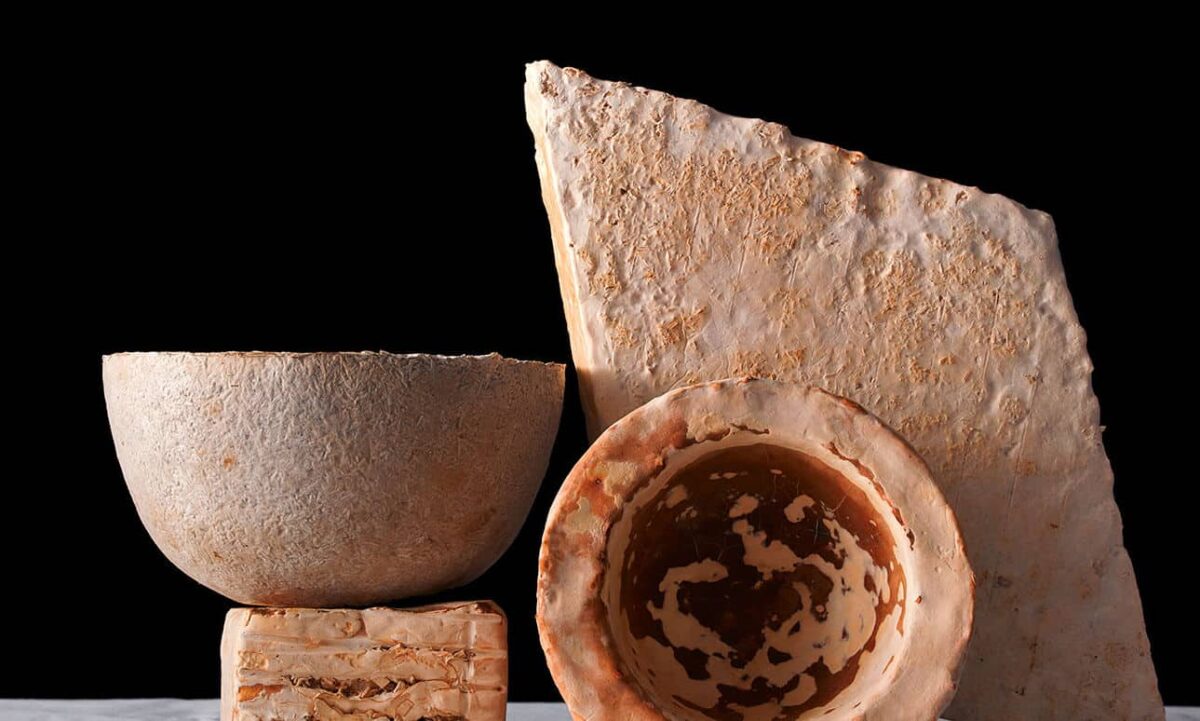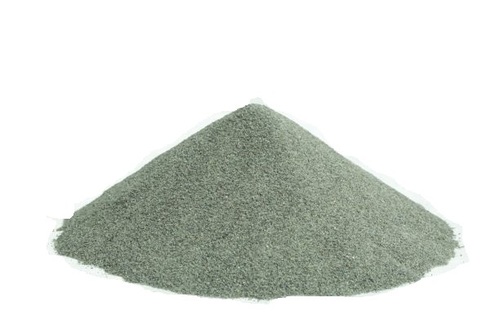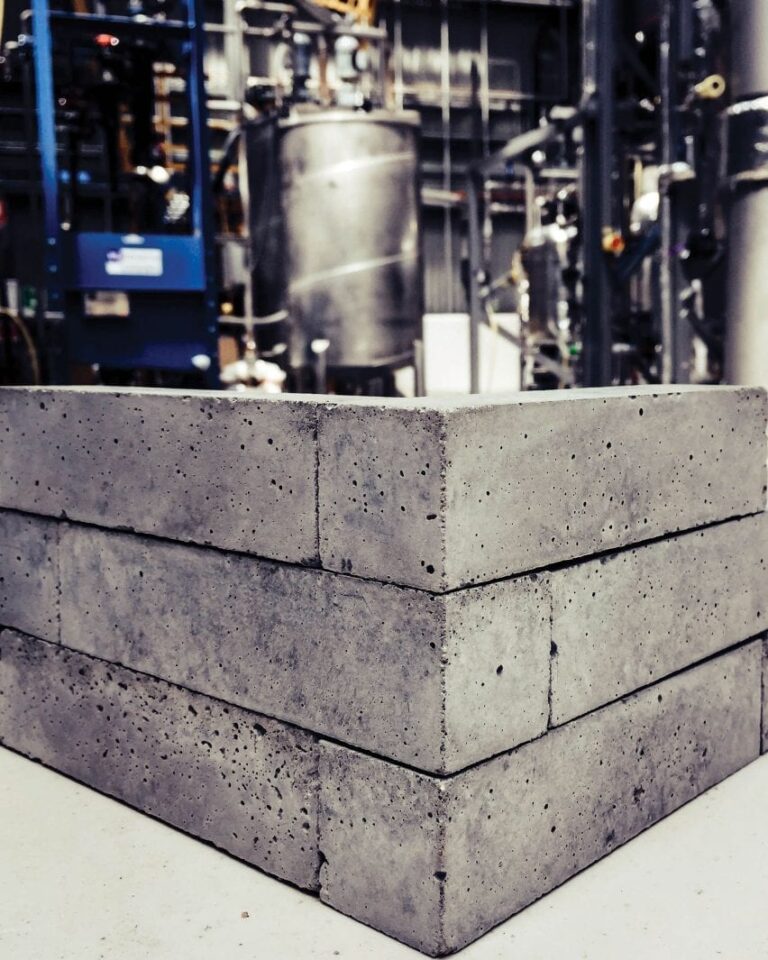Table of Contents
Changing technology and lifestyle has made human’s life very easy but, these innovations and changes in the environment made by humans have also resulted into climate change, pollution, degradation of environment and one of the major problems of carbon dioxide emissions.
For a very long time researchers, scientists around the world have been trying to find a solution to reduce or stop carbon emissions and after so many efforts a group of scientists from the United Kingdom have made a significant finding regarding porous substances that could potentially store large amounts of greenhouse gases. This discovery could serve as a valuable tool in the battle against climate change. The scientists explained in a recently published article in the journal Nature Synthesis that they utilize computational models to create these materials. They argued that specific characteristics of its structure make it an ideal material for storing carbon dioxide and sulfur hexafluoride, both potent greenhouse gases.
Engineering professor Marc Little from Heriot-Watt University in Edinburgh expressed his opinion about this breakthrough stating, “This discovery is truly exciting as we require novel porous materials to address the most pressing challenges faced by society.”

This newly developed material resembles a cage composed of smaller molecules and is classified as an organic supermolecule. It consists of oxygen, nitrogen, and fluorine.
Little further emphasized the importance of human intervention in combating climate change stating, “While planting trees is an effective method of carbon absorption, it is a slow process. Therefore, we need human-made molecules, such as this organic supermolecule, to efficiently capture greenhouse gases from the environment at a faster rate.
Carbon sink
Researchers are currently investigating additional substances that have the potential to sink carbon.
For instance there is a two-dimensional boron structure with a significant surface area that could potentially capture sunstatial amounts of greenhouse gases emitted by power plants.
In addition, scientists are also looking into the use of concrete, a fundamental material in modern society that contributes significantly to carbon dioxide emissions, accounting for approximately eight percent of annual human-made emissions.

Another research done by scientists includes, incorporating additives like baking soda into concrete to enhance its ability to absorb carbon dioxide from the atmosphere.
One problem with this scientist-made material is that it is not easily available to all and it can’t be used by every human to reduce the carbon dioxide emissions. But, there are some materials around us we can use to reduce carbon emissions. Let’s have a look at such top ten materials.
Ten materials that can absorb carbon dioxide
Bioplastic

Made of Air, a German brand, has created a bioplastic that is carbon-negative and suitable for various applications such as automotive, interior, and cladding. This innovative material incorporates biochar, a carbon-rich substance produced hrough the combustion of biomass in the absence of oxygen. By utilizing biochar, the carbon is effectively trapped and prevented from being released as CO2.
Mycelium

London-based start-up Biohm is utilizing mycelium, a biomaterial derived from the root system of fungi, to develop building insulation. This innovative insulation not only possesses natural fire-retardant properties but also has the remarkable ability to remove a minimum of 16 tonnes of carbon from the atmosphere each month as it grows. By utilizing agricultural waste as its food source, mycelium effectively sequesters the carbon that was previously stored in this biomass.
Carpet tiles

Interface, the American carpet-tile manufacturer, has set a goal to achieve carbon negativity for its complete range of products by 2040. The company’s initial focus is on the Embodied Beauty and Flash Line carpets, which are primarily made from recycled plastic and a range of biomaterials. Interface claims that these carpets store a greater amount of embodied carbon than what is emitted during their production process.
Wood

A mature tree has the capacity to absorb 22 kilograms of CO2 from the air annually, making timber carbon negative when sourced responsibly and when new trees are planted to replace those that are harvested.
3D-printing wood

Forust, an additive manufacturing company, has successfully devised a method to transform sawdust and lignin, which are typically discarded by the timber and paper industries, into a filament suitable for 3D printing. By utilizing waste material, the company aims to not only reduce the need to cut down more trees but also prevents decay of waste wood, thereby avoiding the release of stored carbon.
Olivine Sand

Olivine sand, a widely found mineral on our planet, possesses the remarkable ability to absorb carbon dioxide equivalent to its own weight when it is crushed and spread across the surface.
Bricks

Mineral Carbonation International, an Australian company, employs a technique of injecting CO2 into industrial waste like mine tailings. This process effectively transforms the CO2 from a gaseous state into a solid form, which can subsequently be utilized in the production of cement bricks and various other construction materials.
Food

Solar Foods is part of a growing group of companies that utilize emissions captured from industrial plants to produce food and beverage. The Finnish company employs microbes to convert carbon dioxide into a meat alternative known as Solein, which closely resembles the texture of dried soy.
Vodka

Air Co, based in Brooklyn, uses carbon dioxide to manufacture vodka. The breaks down CO2 with water and a unique catalyst in a reactor to produce ethanol, which is then utilized in the distillation process of vodka.




1 Comment
Pingback: The 2025 Toyota Camry: Grasping Cross Upgraded Execution